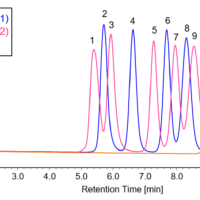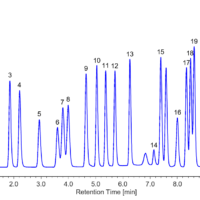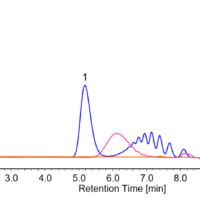Introduction
Vitamin K is essential for the synthesis of several proteins involved in blood clotting and calcium-binding. The vitamin K-dependent proteins include the bone proteins such as osteocalcin which has a function of bone metabolism, and coagulation/anticoagulation proteins which control blood coagulation. Its physiological and physiological roles and behavior in vivo are being studied, and a simple and highly sensitive measurement method is needed.
As of today, the electrochemical reduction method, post-column derivatization method by sodium tetraborate solution and reduction method by platinum column are used for highly sensitive analysis of vitamin K, using reduction of the K-quinone to the fluorescent K-hydroquinone.
This article reports the measurement result that vitamin K which was reduced by a reduction column set behind a separation column was detected by the fluorescence detector with high selectivity and sensitivity.
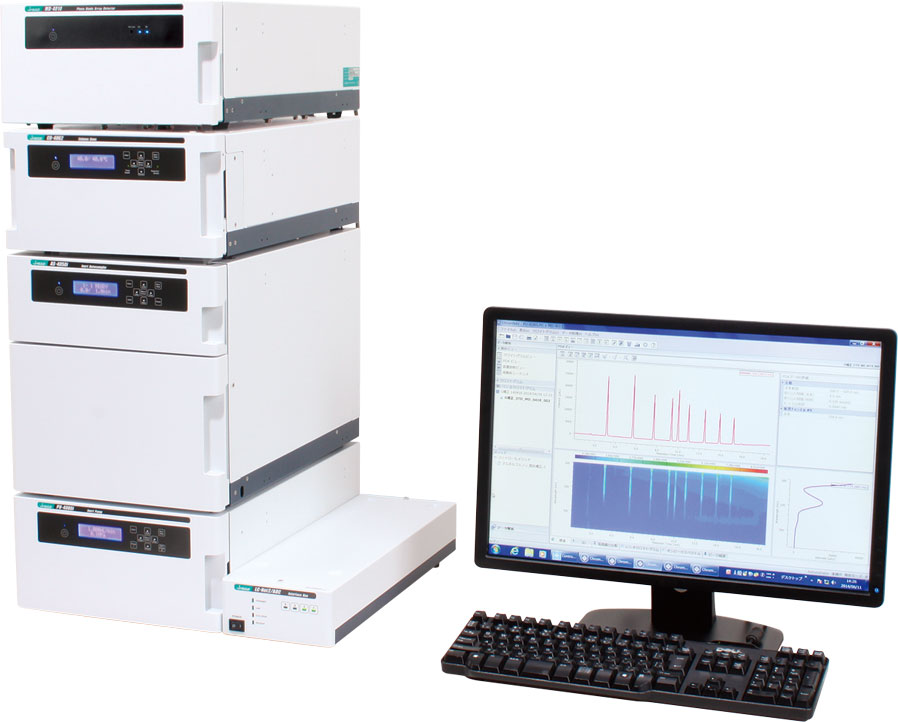
LC-4000 HPLC system
Experimental
Chromatographic conditions
Column: CrestPak C18S (4.6 mm I.D. x 150 mm)
Eluent: CH3OH/C2H5OH (70/30)
Flow rate: 1.0 mL/min
Column temperature: 40 degree celsius
Reduction catalyst column: CATALYSISPAK PT (4.6 mm I.D. x 10 mm)
Reaction temperature: 40 degree celsius
Wavelength: Ex 320 nm, Em 430 nm, Gain x100
Sample: STD mixture (Vitamin K1, K2, K3) (1.0 mg/L each)
Injection volume: 10 μl
Figure 1 shows the system configuration, and Figure 2 shows the measurement principle.
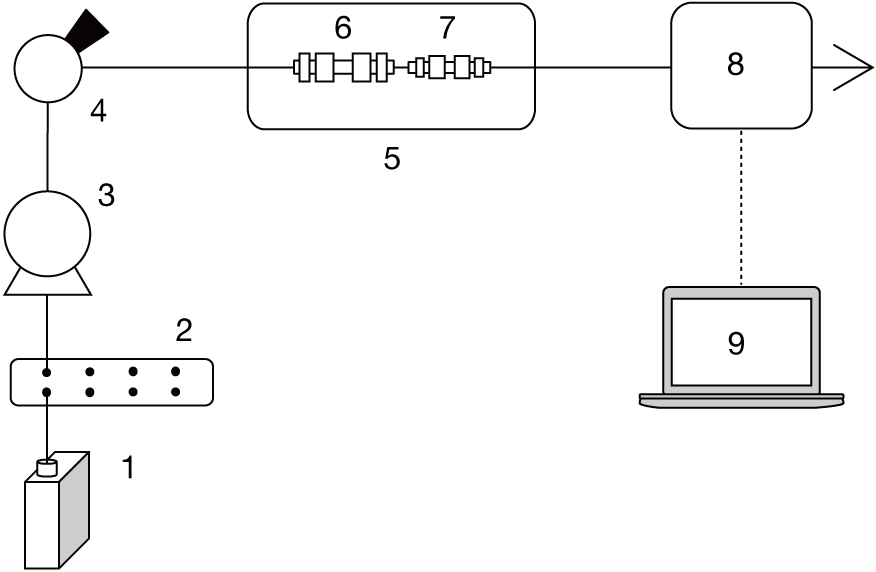
Figure 1. Flow diagram (1. Eluent, 2. Degasser, 3. Pump, 4. Autosampler, 5. Column oven, 6. Column, 7. Reduction catalyst column, 8. Fluorescence detector, 9. PC)
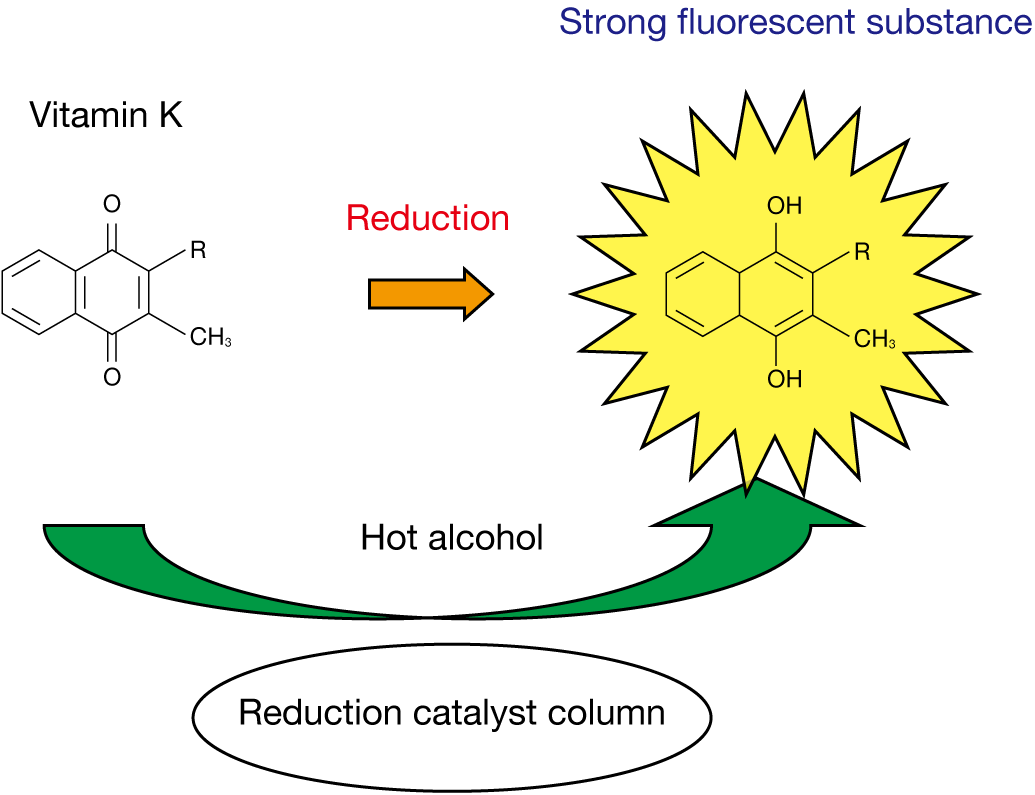
Figure 2. Measurement principle
Keywords
Vitamin K1, Vitamin K2, Vitamin K3, CrestPak C18S, CATALYSISPAK PT
Results
Chromatogram of standard samples are shown in Figure 3.

Figure 3. Chromatogram of vitamin Ks

